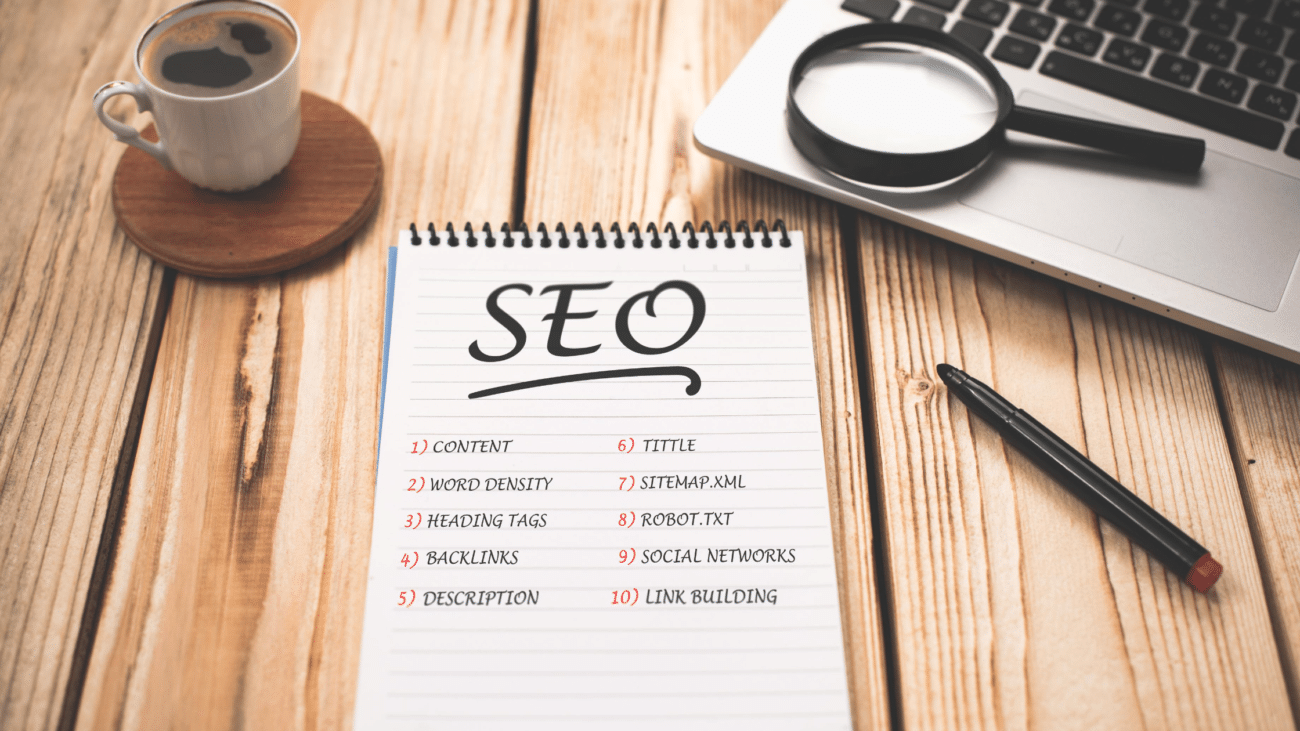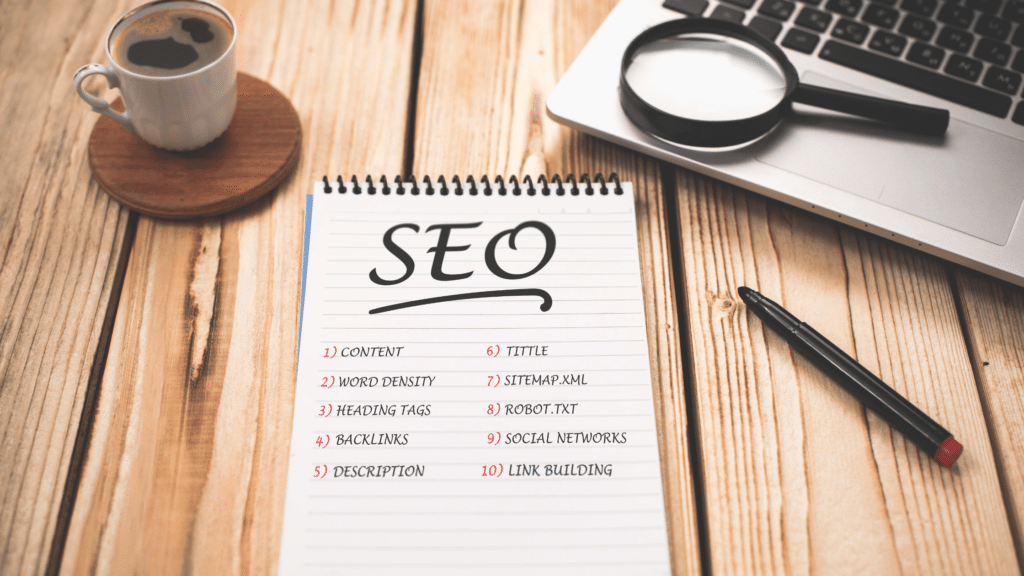
Search engine optimization (SEO) is an ever-evolving digital marketing practice. Just when you thought you have everything covered, search engine algorithms suddenly change overnight. Businesses and content marketers should always stay on top of these trends in order to get the best results for their SEO campaigns.
Jeffrey English NJ, a successful graphic designer in Hoboken, New Jersey, knows what it’s like to be in the field of SEO practice. Although he specializes in visual arts, he has been part of digital marketing teams for multiple brands. In this post, he hopes to share some of the longstanding best search engine optimization practices that he constantly imparts with clients and colleagues.
Create content that is parallel with the search intent

Perhaps you have come across this post already understanding the basics of SEO such as long-tail keyword research and finding ones with low competition as well as high volume.
Another longstanding SEO practice that you should employ is to create content that aligns with the search intent. For example, when you choose to include a keyword such as “How to start a wildflower garden”, you really should make a blog post or any type of content that shows exactly how to do that. Being too ‘sales-y’ about your offers upfront can turn some potential clients off.
Make sure that you really solve the problem or answer the question that the search term is pertaining to, and that is what can give you SEO success, according to Jeffrey English NJ, graphic designer.
Use titles that catch one’s attention
There’s a fine line between having a clickbait title that is deceptive or just phrasing your title in a way that grabs a consumer’s attention more.
Another great SEO practice is to make titles that are catchy but still contain the keywords that you need. Some of the simple ways to do this are:
- Adding numbers at the beginning for listicles: Numbers make readers know that the article is concise and easy to read. It also shows that your content is actionable, meaning there are actually tips that they can scan through to get information.
- Magazine-like headings: When you read magazine front covers, you’ll notice that the titles are concise and eye-catching. Try to look into some magazines within your niche and create similar types of titles to your content
- Results oriented: People often find blogs and other types of videos to get results right away. You can add phrases that show results such as “Flat tummy in 14 days” or something similar that adds motivation for potential clients to know more.
In essence, any title that answers the burning questions and problems of your potential customers can lower bounce rates, increase click-through rates, and improve your rankings in search engines.
Optimize your images and graphics
It is easy to assume that the JPEG format works the best for all types of image content. However, if you own a company that relies heavily on visuals, you may need to tweak your formatting into PNG. This applies to businesses that create comics, illustrations, or graphic design companies that want the best quality for web viewing.
For blog posts and landing pages, it is also vital to add alt tag descriptions that match the keywords you want to rank for. Placing alt tags on your images give search engines a better idea of what your content is about, as images aren’t often searchable if you don’t place a proper description.
Placing inbound and outbound links
A crucial part of your SEO checklist is to make the right amount of inbound and outbound links. Inbound links are those which connect users to other content in your website, and outbound links are those which connect to other authority websites.
Jeffrey English NJ, web designer suggests adding an equal amount of inbound and outbound links to improve your domain authority. To create outbound links that connect to your website, a great strategy is to exchange blog posts or guest post with other websites. Combining these linking strategies tremendously boosts your web authority in many search engines as well.
Increase page speed and mobile optimization
Mobile optimization and page speed often go hand-in-hand because picking a website format that is clean and mobile-optimized often increases its loading speed. Increasing page speed can be simply done by removing unused web widgets, reducing unnecessary large image files, or picking themes that are minimalist and has a mobile-optimized version.
If these steps do not increase your website loading speed, you can also ask help from website developers to pinpoint specific problems as well.
SEO: Your Long-Term Strategy to Success
Search engine optimization may take its sweet time to show results, but it is one of the pillars of having organic traffic towards your website. Simply apply these best practices and you’re on your way to a better SEO strategy.